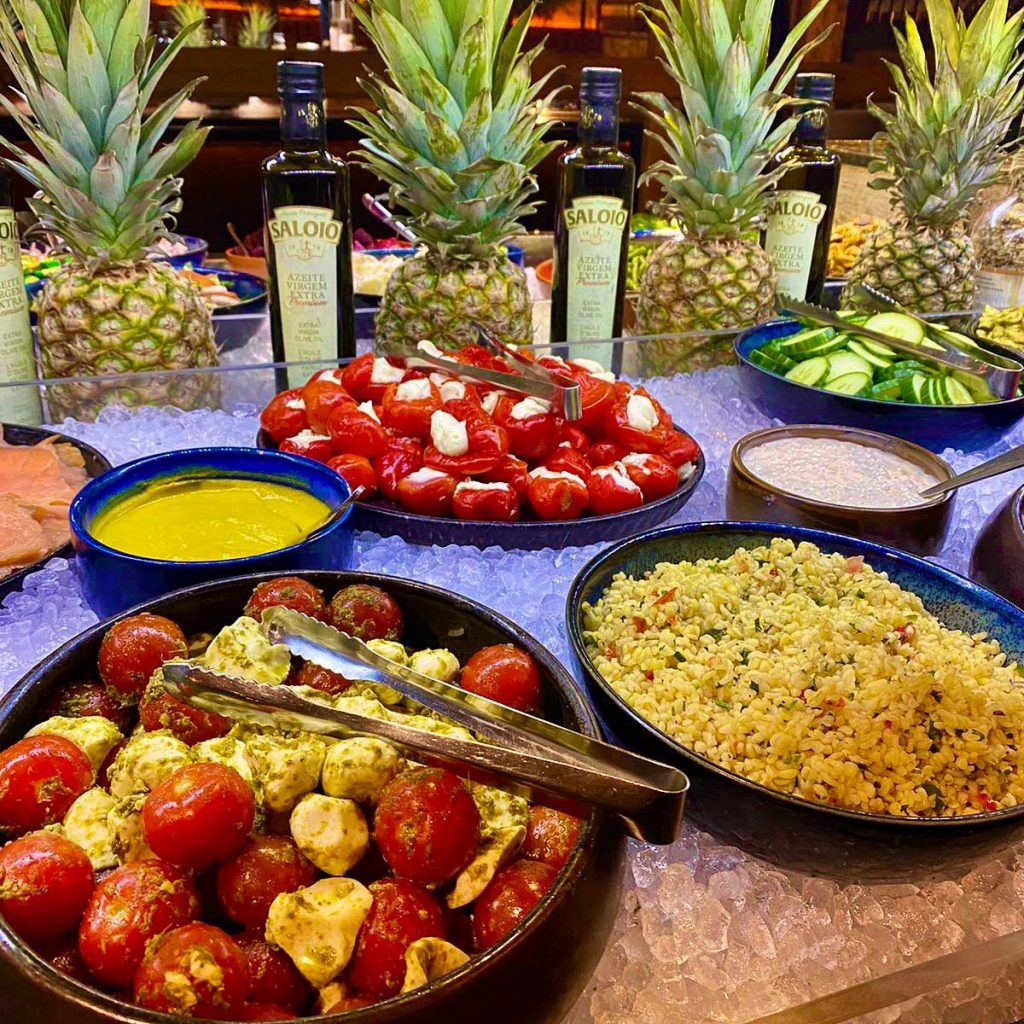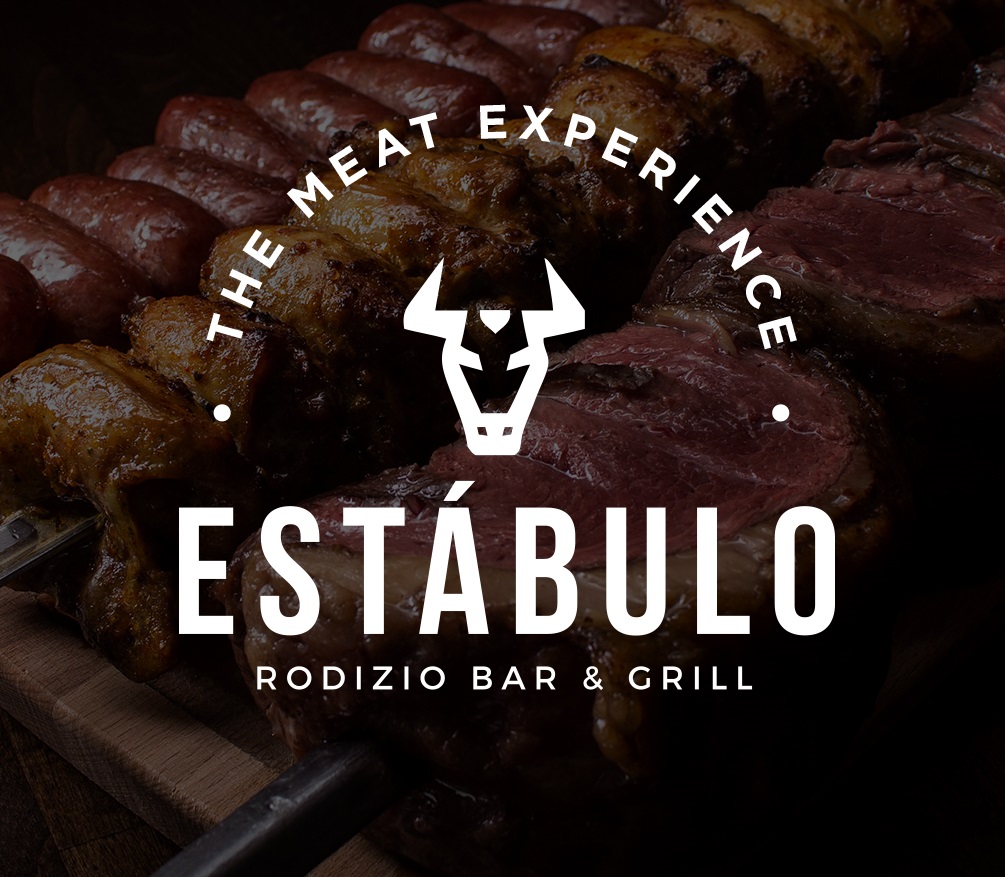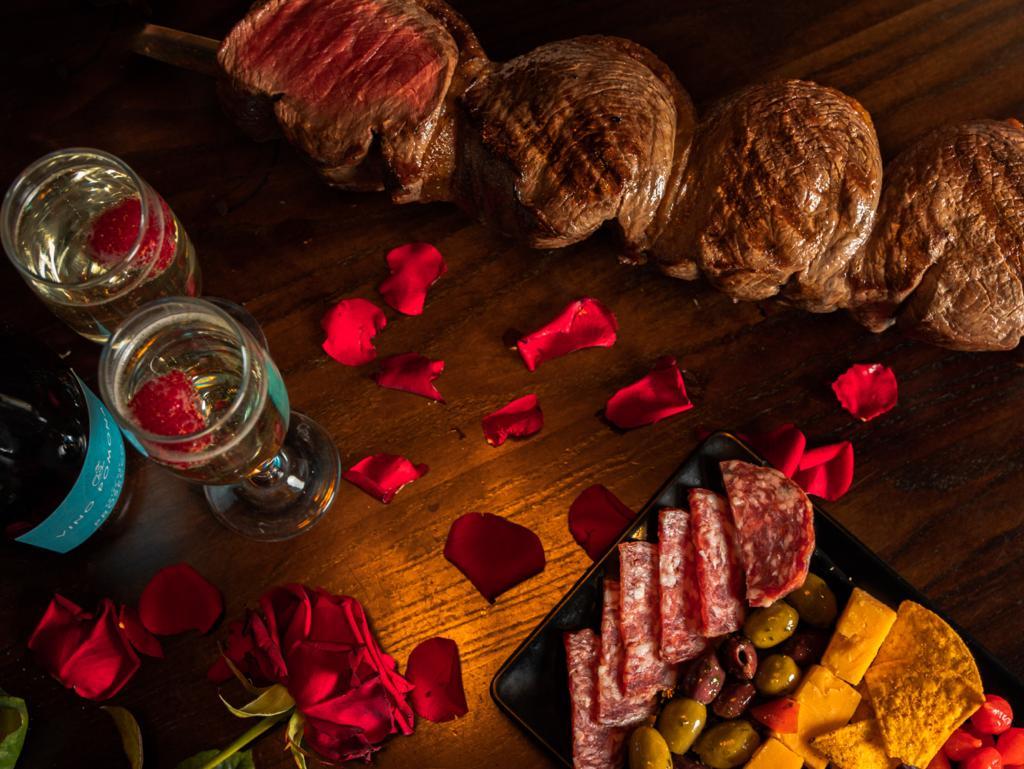
16 May The History of Brazilian Cuisine: A Culinary Journey Through Time
Brazil, a land of vibrant colours, pulsating rhythms, and unparalleled natural beauty, boasts an equally fascinating and diverse culinary landscape. Encompassing a vast territory, the country’s cuisine has evolved over the centuries, shaped by the influences of Indigenous, African, and European cultures. Journey with us as we explore the captivating history of Brazilian cuisine, and discover how it has developed into the mouth-watering fare we know and love today.
The Indigenous Roots of Brazilian Cuisine
Long before the arrival of European settlers, Indigenous tribes inhabited the Brazilian territory. These native populations, such as the Tupi-Guarani, relied on the abundant natural resources to create a rich and varied cuisine. They cultivated crops like cassava, a staple that remains popular in Brazilian cooking to this day, and enjoyed fruits such as pineapple, guava, and passion fruit.
The Indigenous people also hunted and fished, consuming a diverse array of meat and seafood, including the pirarucu, a large freshwater fish native to the Amazon basin. These early culinary traditions laid the foundation for the fusion of flavours and techniques that would come to define Brazilian cuisine.

The Portuguese Influence
In 1500, Portuguese explorer Pedro Álvares Cabral and his fleet landed in Brazil, marking the beginning of European colonization. The Portuguese brought with them ingredients and culinary techniques that would forever alter the landscape of Brazilian food. Key among these were sugar, citrus fruits, and spices like cloves and cinnamon.
Moreover, the Portuguese introduced techniques such as salting and preserving meats, giving rise to dishes like carne de sol (sun-dried meat) and feijoada, a hearty stew of beans and various cuts of pork. The latter dish, often considered Brazil’s national dish, reflects the blending of Indigenous, African, and European culinary traditions.
African Impact on Brazilian Cuisine
The African influence on Brazilian cuisine is both deep and enduring. Beginning in the 16th century, enslaved Africans were brought to Brazil to work on sugarcane plantations. They arrived with their own culinary traditions, characterized by bold flavours and inventive uses of humble ingredients.
Africans introduced ingredients like palm oil, okra, and black-eyed peas, which have become staples in Brazilian cooking. Dishes such as vatapá, a spicy seafood stew thickened with bread and groundnuts, and acarajé, a black-eyed pea fritter filled with spicy shrimp, are both delicious examples of the African impact on Brazilian cuisine.
In Bahia, a state in north-eastern Brazil, the African influence is especially prominent. The region’s iconic dish, moqueca, is a fish and seafood stew cooked in a clay pot with palm oil, coconut milk, and a variety of spices. This flavourful concoction is a testament to the fusion of culinary traditions that define Brazilian cuisine.

The European and Asian Immigrant Wave
From the late 19th to the early 20th century, Brazil experienced a wave of immigration from various European and Asian countries. These newcomers brought their culinary traditions with them, enriching the already diverse Brazilian gastronomic scene.
Italian immigrants, for instance, contributed to the popularization of pasta and pizza in Brazil, while Germans introduced sausages and beer. Japanese immigrants, who arrived in the early 20th century, played a significant role in shaping Brazil’s vibrant sushi culture.
Regional Diversity in Brazilian Cuisine
Brazil’s vast territory and varied climate have given rise to a diverse array of regional cuisines. The Amazon rainforest, for example, is home to a unique culinary tradition that revolves around the bountiful resources of the jungle. Dishes like tacacá, a tangy soup made with jambu leaves, yellow peppers, and dried shrimp, and pat o no tucupi, a dish of roasted duck cooked in tucupi (a sauce made from cassava), showcase the exotic flavours of the region.
In the arid northeast, ingredients like dried meat, beans, and cassava form the basis of many dishes. One notable example is baião de dois, a hearty combination of rice, beans, and sun-dried meat. In contrast, the south-eastern state of Minas Gerais is famous for its dairy products and traditional cheese bread, pão de queijo.
The southern region, heavily influenced by European immigrants, is known for its churrasco, the Brazilian barbecue. This style of cooking involves skewering large cuts of meat, such as beef, pork, and poultry, and grilling them over open flames. The result is a juicy and flavourful feast that has become synonymous with Brazilian cuisine.

Brazilian Street Food and Snacks
No exploration of Brazilian cuisine would be complete without mentioning its vibrant street food culture. From bustling urban centres to sleepy coastal towns, street food vendors offer an incredible variety of snacks and quick bites. The iconic pastel, a crispy, deep-fried pastry filled with meat, cheese, or vegetables, is a favourite among locals and visitors alike.
Coxinha, a teardrop-shaped croquette filled with shredded chicken and creamy cheese, is another popular street food staple. And for those with a sweet tooth, brigadeiros, small chocolate truffles made with condensed milk and cocoa powder, are a must-try treat.
The Legacy of Brazilian Cuisine
As we’ve seen, the history of Brazilian cuisine is marked by the fusion of diverse cultures and culinary traditions. This blending of flavours and techniques has created a unique gastronomic landscape that is both rich and varied.
Today, Brazilian cuisine continues to evolve, as chefs and home cooks alike draw inspiration from the country’s multicultural heritage. From the smoky aromas of churrasco to the comforting warmth of feijoada, Brazilian food offers a taste of a nation’s history, a history that is as diverse and captivating as the country itself.
Estabulo and the Spirit of Brazilian Cuisine

At Estabulo, our passion for Brazilian cuisine is deeply rooted in the rich history and diverse influences that have shaped its evolution. As we’ve explored the fascinating culinary journey of Brazilian food, it’s clear that the blending of Indigenous, African, European, and Asian cultures has created a unique and captivating gastronomic landscape.
We draw inspiration from the traditional flavours, techniques, and regional specialties that embody Brazil’s multicultural heritage. Our mission is to bring authentic Brazilian cuisine to our guests, offering a dining experience that honours the essence of Brazil’s culinary legacy.
At Estabulo, you’ll find dishes that showcase the best of Brazilian cooking, from succulent churrasco grilled to perfection and the exotic flavours of the Amazon rainforest. We also embrace the vibrant street food culture of Brazil.
Our diverse menu offers an array of delicious options, including beef, pork, chicken, lamb, and seafood dishes, as well as vegetarian and child-friendly choices. Highlights of our Menu include:
Beef: Picanha (Cap of Rump), Alcatra (Rump), and Maminha (Bottom Sirloin)
Pork: Barriga de Porco (Pork Belly), Linguiça (Pork Sausage), and Presunto (Gammon)
Chicken: Sobrecoxa de Frango (Chicken Thighs) and Frango com Toucinho (Chicken & Bacon)
Lamb: Carneiro (Tender Seasoned Minted Lamb)
Vegetarian: Risotto de Abóbora (Butternut Squash Risotto) and Pasta Recheada (Rigatoni Giardiniera)

We invite you to join us at Estabulo, where our love for Brazilian cuisine and our commitment to authenticity come together to create a dining experience that transports you to the heart of Brazil. As you savour the diverse and delicious dishes that have been crafted with care and passion, you’ll not only taste the flavours that define Brazilian cuisine, but also the spirit of a nation’s history, culture, and culinary traditions. So, as they say in Brazil, “Bom apetite!”

Sorry, the comment form is closed at this time.